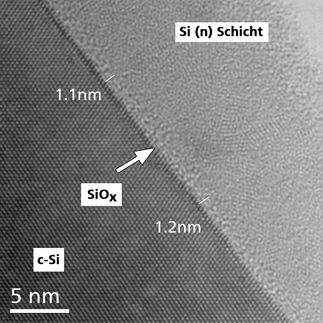Big data reveals clues for energy technology
Advertisement
The largest quantum chemical investigation to date has revealed chemical structures with promising properties for advanced solar cells.
Scientists at Harvard University in the United States performed 150 million theoretical calculations to reveal results that could cut down the time and cost of experimental tests to find better organic electronic materials for solar cells, which are cheaper than inorganic materials.
New organic solar cell materials must be laboriously built and tested before scientists can decide whether they are an improvement on their inorganic counterparts.
Now, the Harvard Clean Energy Project team has used the predictive power of computers to speed up this process. They screened 2.3 million molecular structures to find ones that had the best properties for solar cells. A single computer would have taken thousands of years to calculate this, but the researchers harnessed the power of the World Community Grid, a supercomputing platform founded by IBM, which harvests power from thousands of volunteers’ personal computers while they are inactive, to perform their calculations.
The team chose 26 basic molecular building blocks on the advice of experimental groups on synthetic feasibility, and fused them in every possible combination up to lengths of five units to generate the 2.3 million compounds they characterised. The group then used a theoretical model called the Scharber Model to compute the electronic properties of the compounds and give an indication of their promise as a solar cell material. The top candidates that emerged included structures not previously investigated, such as silicon heterocycles, as well as molecules already known to perform well by experimentalists. The best candidates were further analysed to identify trends in the building blocks and design rules that make up efficient materials.
The 400 terabytes of data generated is stored in the Clean Energy Project Database, which is freely available to the public.
Other news from the department science
These products might interest you
Most read news
More news from our other portals
See the theme worlds for related content
Topic world Synthesis
Chemical synthesis is at the heart of modern chemistry and enables the targeted production of molecules with specific properties. By combining starting materials in defined reaction conditions, chemists can create a wide range of compounds, from simple molecules to complex active ingredients.

Topic world Synthesis
Chemical synthesis is at the heart of modern chemistry and enables the targeted production of molecules with specific properties. By combining starting materials in defined reaction conditions, chemists can create a wide range of compounds, from simple molecules to complex active ingredients.




































































